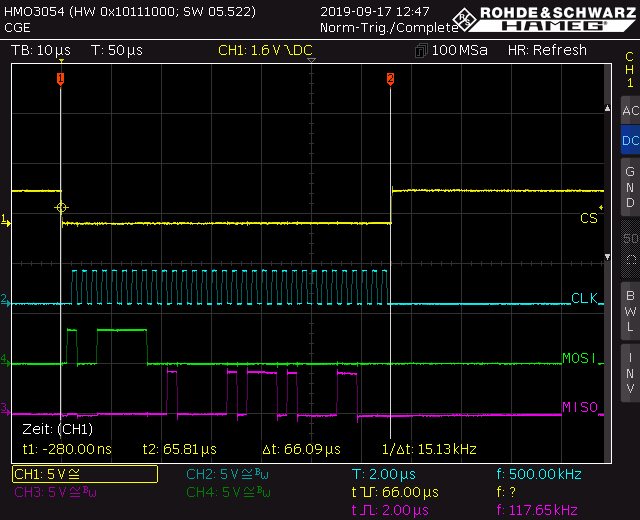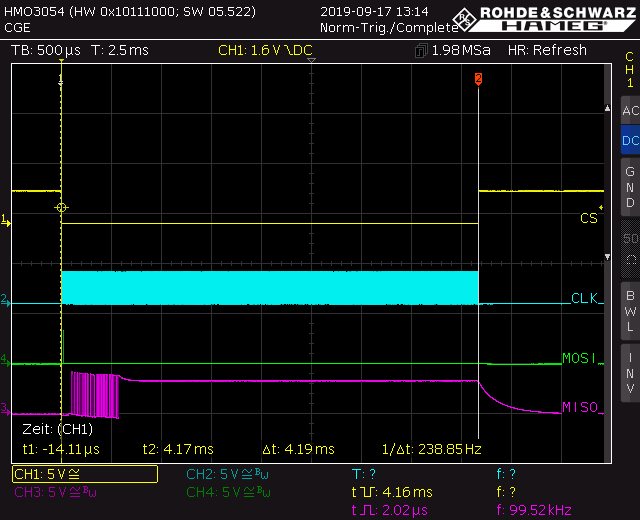Tool/software: Code Composer Studio
Hello,
first here my settings:
- TM4C1294NCPDT with custom board
- CCS 7.1.0.00016
- TivaWare 2.1.4.178
- SPI Flash MT25QL128ABA
I was very happy, that I successfully complete SPI communication (Program/Read/Erase) with blocking function with ti's SPI Flash Module spi_flash.c and SW-TM4C-UTILS-UG-2.1.4.178.pdf.
For my next step, I would like to work with non blocking function SPIFlashReadNonBlocking().
Is there any example for this? Setting up uDMA, how to handle SPIFlashIntHandler() in the specific interrupt?
In the utils user guide under 18.3 Programming Example there is only a comment (//TODO: Add this).
Thanks for your help,
Regards,
CG





